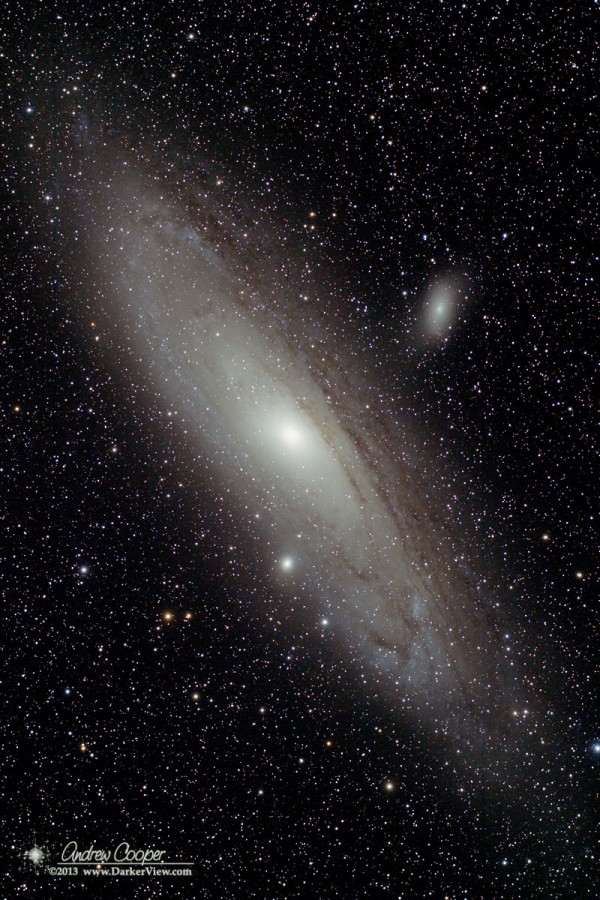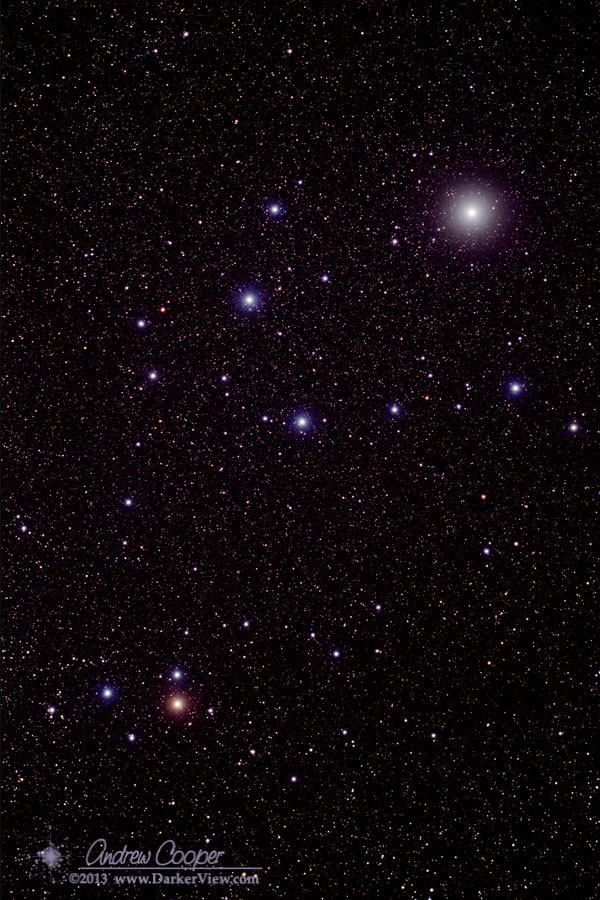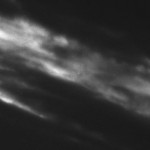
Tag: astrophoto
Postcard from the Universe – Andromeda
So I shot M31… yet again. I admit I enjoy this target, it is just so much fun. I always think I can do a little bit better. It is color balance that has been my bugaboo lately, I have really been playing with my technique to achieve a decent color balance. Something aesthetically pleasing and something that bears at least a little resemblance to reality. I understand how objective these criteria are, but still… I try.
Be sure to click on the image to get the large version…

Acquiring Photons
M39 Region
The idea is to take a photo of a bright deep sky object and the surrounding region. The result should be an impressive starfield with something bright to give the image some punctuation. This does not always work.
In the previous image, Mirfak and Mellotte 20, the idea worked pretty well. Bright stars highlight a rich Milky Way starfield in Perseus. In this next image I processed the plan did not quite work as well. The target is the bright open cluster M39. At magnitude 4.6 I thought the cluster would appear brighter against the surrounding starfield. In this case the component stars are somewhat dimmer, thus the effect is not as dramatic.
There is still a lot of material to process from OSP, we shall see what worked and what did not.

Postcard from the Universe – Mirfak
Mirfak is the brightest star in Perseus, punctuating a rich starfield in the northern Milky Way. The image was shot at Oregon Star Party 2013 with the TV-76 and Canon 60D…

Omega Centauri

Postcard from the Universe – Scutum & M11
C/2011 L4 PanSTARRS
Comet C/2011 L4 Pan-STARRS
Now for a truly awful comet image.

It had been wonderfully clear all afternoon. It was just as the sky darkened that trouble appeared, a band of high clouds sweeping in from the west. Noooo!
The comet appeared in the STi guide camera right on schedule, my coordinates less than half a degree off! Not bad with a manual telescope mount offsetting from the Sun. The clouds swept over the comet a few minutes later, just as the tail was beginning to appear in the darkening sky.
I did grab a few images from the guide camera and snap a few frames with the DSLR. The monochrome CCD on the guider managed slightly better shots despite a fairly bright sky. I managed a few more frames as an opening appeared a few minutes after that. It is still an awful image. The only reason I could tell it was the comet is that it remained centered as the clouds swept through the image. Take my word for it, the barely there spot at the center of the photo is the comet.
At least my vehicle is fixed, a new alternator in place. Try again tomorrow?
Postcard from the Universe – Comet C/2012 K5 (LINEAR)
Another product of imaging earlier this week. Comet C/2012 K5 (LINEAR) is fading, but still bright enough to image. Right beside Orion it was well placed to target from my driveway. Just refreshing my comet hunting skills, getting ready for the show over the next few months as C/2011 L4 (PanSTARRS) comes into view.




